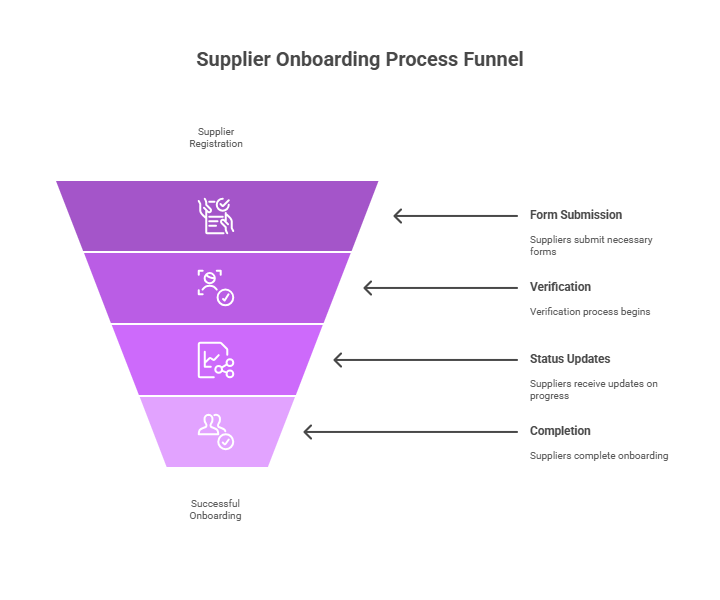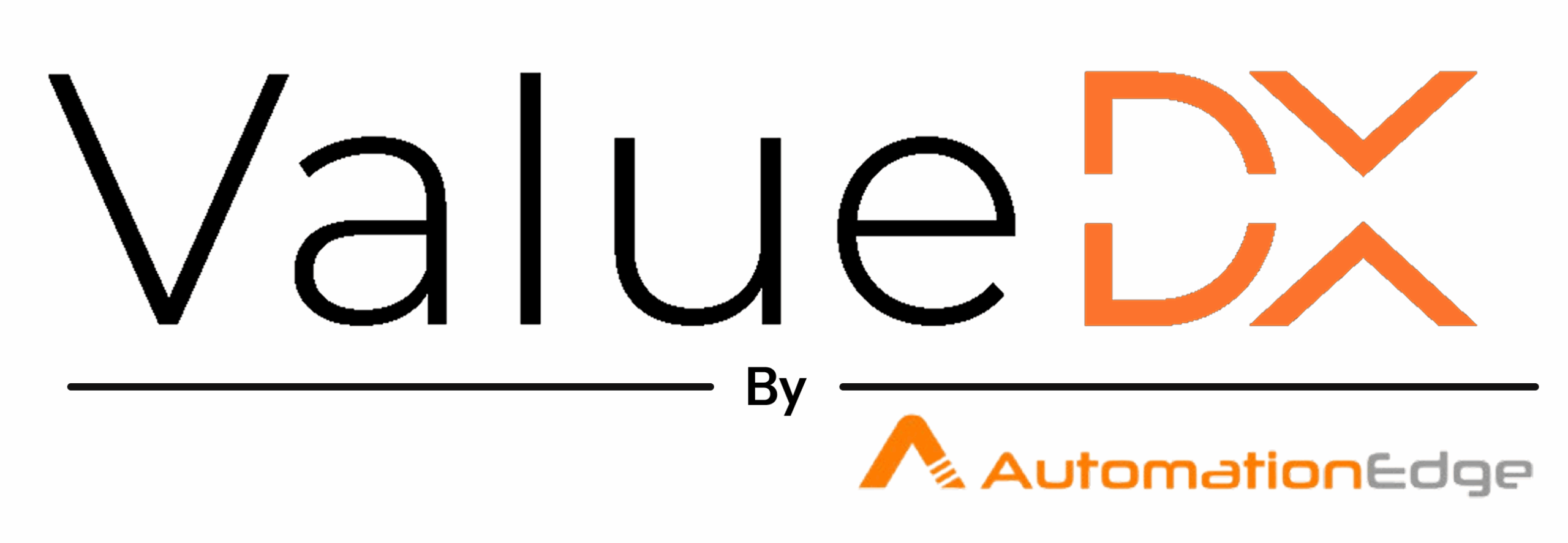
“Your onboarding process is killing us,” the owner of a small manufacturing supplier told our client during a recent meeting. Their escalation: “We’ve been trying to get set up in your system for six weeks. We’ve filled out the same forms three times, provided our GST certificate twice, and still can’t submit invoices properly. Meanwhile, our cash flow is suffering because we can’t get paid.”
That conversation was a wake-up call. While companies focus on making their internal AP processes efficient, they often forget that supplier experience directly impacts their own success. A frustrated supplier is a supplier who might stop prioritizing your business.
The Hidden Cost of Complicated Onboarding
Most companies don’t realize how much their complex supplier onboarding process is costing them. It’s not just about the administrative burden on your AP team, though that’s real enough. It’s about the suppliers you lose, the delayed projects, and the relationship damage that happens before the business relationship even begins.
I tracked one company’s onboarding process and found it typically took 45-60 days to get a new supplier fully operational. During that time, they lost 20% of potential suppliers who gave up and went elsewhere. The remaining suppliers started the relationship frustrated and skeptical.
Compare that to their automated onboarding process now, which takes 2-3 days and has a 95% completion rate. Suppliers actually thank them for making the process smooth.
What Suppliers Really Want from Onboarding
After talking to hundreds of suppliers, I’ve learned their requirements are pretty straightforward:
Clear, simple process with obvious next steps at every stage,
Minimal paperwork that doesn’t ask for the same information multiple times,
Fast approval so they can start doing business quickly,
Transparency about where they stand in the process,
Self-service capabilities so they don’t have to call for status updates.
Notice they’re not asking for anything unreasonable. They just want efficiency and respect for their time.
The Self-Service Revolution
The biggest game-changer I’ve seen is supplier self-service portals that let vendors manage their own onboarding and ongoing account management. Instead of filling out PDF forms and waiting for someone to process them, suppliers can input their information directly into the system.
| Traditional Onboarding | Self-Service Onboarding |
|---|---|
| 6-8 week process | 2-3 day completion |
| Multiple form submissions | Single portal registration |
| Phone calls for status updates | Real-time progress tracking |
| Manual verification delays | Automatic validation |
| 60% supplier dropout rate | 95% completion rate |

I watched one supplier complete their entire onboarding process during their lunch break, including GST verification and bank account validation. They were submitting invoices the same afternoon.
The Indian Compliance Advantage
For Indian businesses, self-service onboarding that handles GST validation automatically is a huge competitive advantage. Suppliers can enter their GSTIN, and the system verifies it against government databases instantly. No waiting for manual verification, no back-and-forth about documentation.
The system also validates PAN details, bank account information, E-Invoicing, CIN, and other compliance requirements automatically, eliminating the paperwork shuffle that typically delays onboarding for weeks.
Beyond Onboarding: Ongoing Self-Service Benefits
The real magic happens after onboarding is complete. Self-service portals transform the entire supplier relationship:
Invoice Submission: Suppliers can submit invoices through their preferred method – web portal, email, or even WhatsApp.
Payment Tracking: Real-time visibility into invoice status and payment schedules eliminates “where’s my payment?” calls.
Document Management: Easy access to purchase orders, contracts, and payment history.
Communication: Direct messaging with your AP team for quick issue resolution.
Performance Insights: Suppliers can see their performance metrics and identify improvement opportunities.
The Collaboration Multiplier Effect
What surprised me most was how self-service capabilities improved overall supplier collaboration. When suppliers have easy access to information and can manage routine tasks themselves, they spend more time on strategic partnership activities.
I’ve seen suppliers use portal analytics to optimize their own processes, proactively communicate about potential delivery issues, and even suggest process improvements that benefit both companies.
Implementation That Actually Works
The key to successful supplier onboarding automation is making it ridiculously easy for suppliers to get started. No complex software installations, no training requirements, no technical prerequisites.
That’s where ValueDX has really impressed me with their supplier portal approach. New suppliers receive a simple link via email or SMS. They click it, fill out their information once, upload basic documents, and the AI handles all the compliance validation automatically.
The system supports multiple submission methods, so suppliers can continue using whatever process they prefer while getting the benefits of automated processing. GST validation, PAN verification, CIN, E-Invoicing, and bank account details are all handled automatically.
For ongoing invoice management, suppliers get real-time visibility into payment status, can submit invoices through multiple channels, and receive automatic notifications about any issues.
Their zero-risk approach means there’s no cost to provide these capabilities to suppliers. Better supplier experience without additional investment.
I’ve watched companies transform their supplier relationships within weeks of implementing self-service onboarding, with supplier satisfaction scores jumping by 60% or more.
The Competitive Reality
While your competitors are still making suppliers jump through bureaucratic hoops, you could be offering a world-class onboarding experience that suppliers actually appreciate and remember.
In today’s market, supplier experience is a competitive differentiator. The companies that make it easy to do business with them get priority treatment, better terms, and stronger partnerships.
Your onboarding process is the first impression suppliers have of your organization. Why not make it a great one?
Read our next blog – Click here
Author: Gajanan Kulkarni

